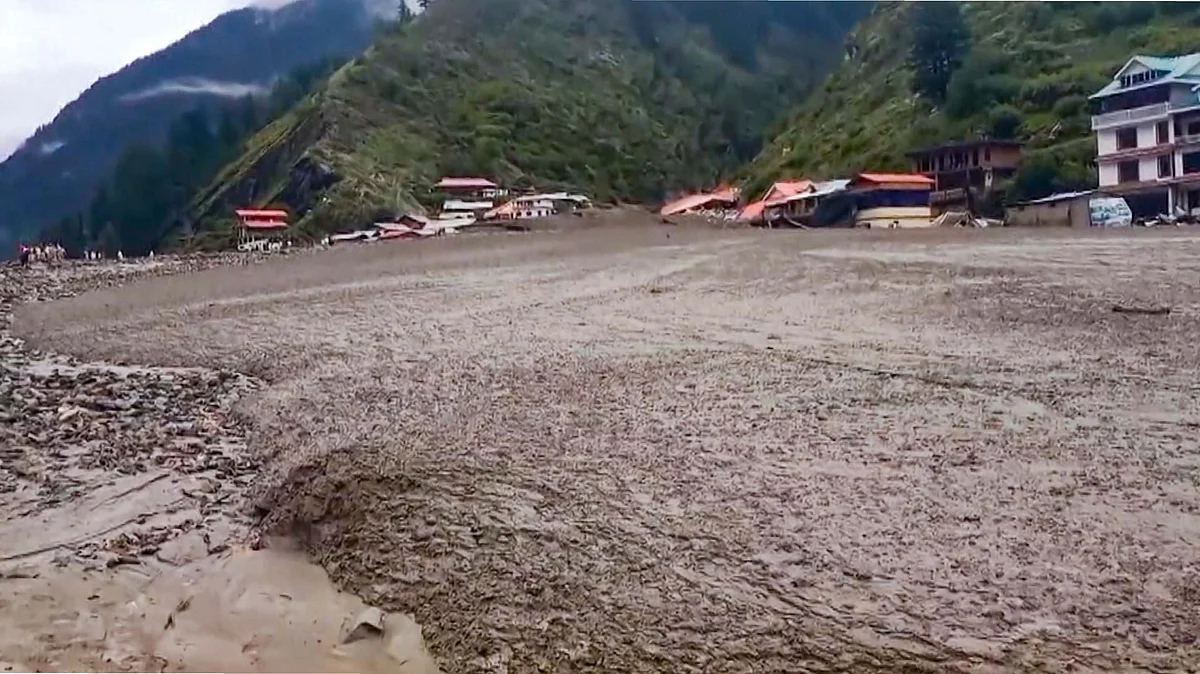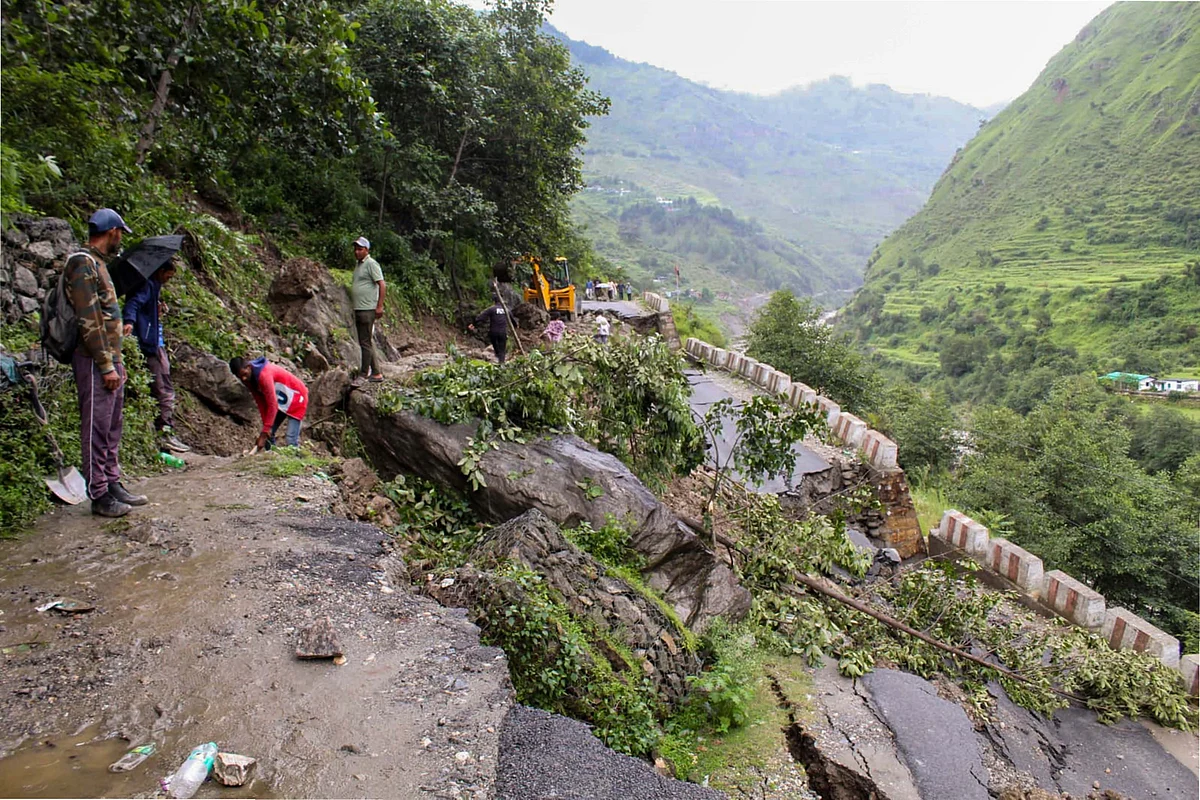From Kedarnath to Dharali: A tale of unheeded warnings and rising disasters in Uttarakhand
In the 12 years since the 2013 Kedarnath disaster caused by extreme rainfall and rapid snowmelt, a series of disasters have struck the fragile Himalayan terrain

The death and destruction caused by the flash floods in the Kheer Ganga river in Dharali resurrected painful memories for Geeta, a survivor of the 2013 Kedarnath disaster, who lost four family members in that tragedy, said to be India's worst since the 2004 tsunami.
"The same thing happened in Kedarnath," she exclaimed as visuals played out on a television at her house in New Delhi where she now works as a domestic help.
The 2013 disaster was triggered by more than 300 mm of rain in 24 hours as an early intense monsoon surge interacted with a western disturbance. The extreme rainfall, combined with rapid snowmelt, breached the Moraine dam of Chorabari Lake, unleashing floods that killed around 5,700 people.
Scarred by the tragedy, Geeta (now 45) and her family moved to Delhi to rebuild their lives. But each time a calamity hits the Himalayan state, it revives those haunting memories.
Series of disasters
Over the past 12 years, a series of disasters have underscored the fragility of the Himalayan terrain.
On 18 August 2019, a cloudburst in Tikochi and Makudi villages in Uttarkashi's Arakot region triggered flash floods and landslides, killing at least 19 people and affecting 38 villages.
In February 2021, the collapse of a hanging glacier caused a debris flow in the Ronti Gad stream, a tributary of Rishiganga, sweeping away two hydropower projects in Chamoli. As many as 80 bodies were recovered and 204 people went missing.
In August 2022, flash floods caused by a cloudburst in the Maldevta-Song-Baldi river system washed away large parts of the Maldevta town near Dehradun, affecting a 15 km stretch.
The Dharali disaster, experts say, shares features with the 2021 Chamoli tragedy.
"It is similar to Chamoli, and rainfall is just one factor. We need high-resolution satellite data or ground verification to know more," according to HNB Garhwal University Professor Y.P. Sundriyal.

The 2021 Chamoli disaster impacted an area spanning 20-22 km but did not affect the Alaknanda downstream.
Environment activist Anoop Nautiyal said repeated tragedies in Kedarnath, Chamoli, Joshimath, Sirobagad, Kwarab, and Yamunotri have not altered Uttarakhand's development trajectory.
"If anything, ecological degradation and haphazard development are accelerating due to flawed policies and projects," he claimed.
Climate campaigner Harjeet Singh described the Uttarkashi tragedy as "a deadly mix of global warming-fuelled monsoon extremes and unscientific, unsustainable construction in the name of development".
The threats are not limited to extreme rainfall and landslides. Climate change is rapidly transforming the region's glaciers, creating new hazards in the form of swelling glacial lakes.
Uttarakhand has more than 1,260 glacial lakes, with 13 identified by the National Disaster Management Authority (NDMA) as high risk and five as extremely dangerous. These lakes pose major downstream threats, especially as warming accelerates glacial melt.
The Wadia Institute of Himalayan Geology has repeatedly warned about the dangers posed by hanging glaciers and glacial lakes. After the Chamoli disaster, its scientists flagged the role of freeze-thaw cycles in destabilising glaciers.
NDMA's 2020 guidelines on Glacial Lake Outburst Floods called for mapping high-risk lakes, enforcing land-use restrictions and using remote monitoring to track potential breaches.
Similarly, a 2013 review by the South Asia Network on 'Dams, Rivers and People' said unregulated hydropower projects and hill-cutting had amplified risks in the fragile terrain, but its recommendations were ignored.
Despite multiple expert reports, policy and enforcement have failed to match the scale of the threat.
As Uttarakhand reels from yet another disaster, the question remains whether the warnings from scientists will finally be heeded before another tragedy strikes.
Follow us on: Facebook, Twitter, Google News, Instagram
Join our official telegram channel (@nationalherald) and stay updated with the latest headlines
